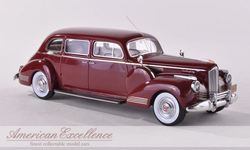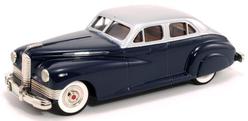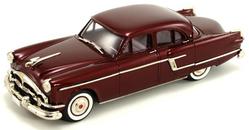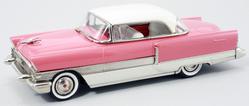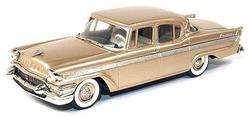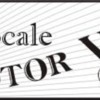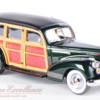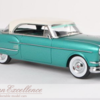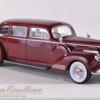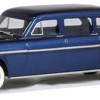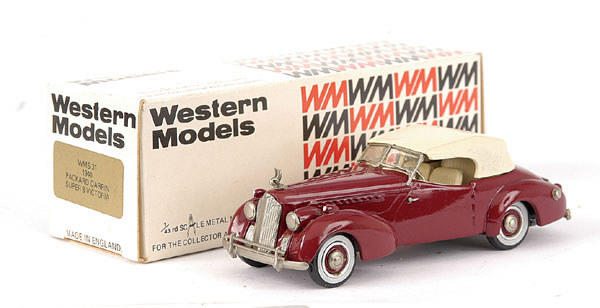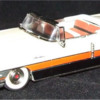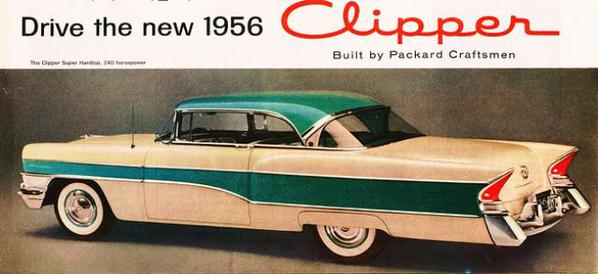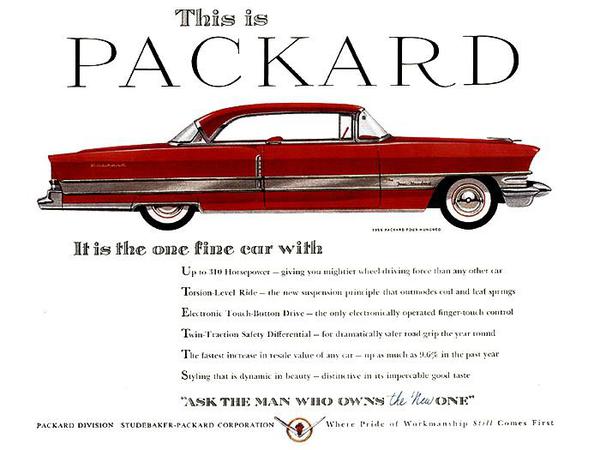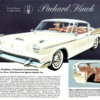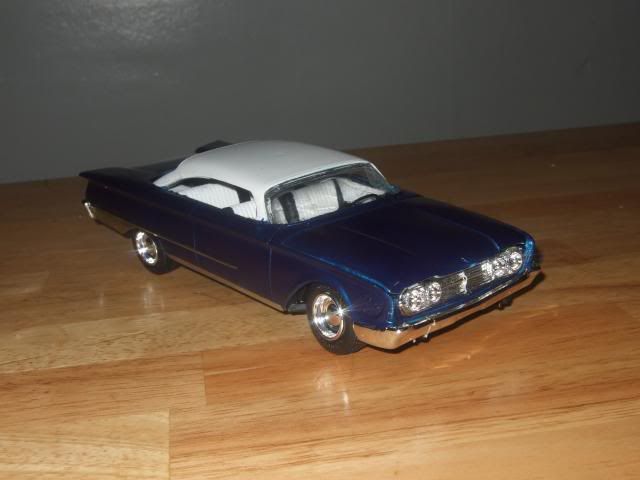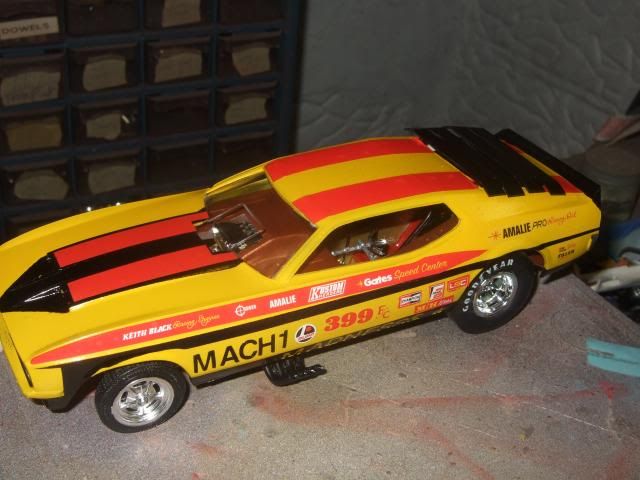Packard, Ask the man who owns one
The first Packard automobiles were produced in 1899, and the last in 1958. Packard was one of America’s premier luxury automobiles. It was founded in Warren Ohio and later moved to Detroit, Michigan, Packards were expensive but during the depression they introduced upper mid priced models, the 110 and 120. They exited WWII in god financial shape, but after some management blunders and an ill-fated merger with Studebaker they were left financially week. They closed their Detroit factory in 1956 and built them in South Bend Indiana. The last ones were not true Packards but vary nice Studebakers.
1/43 models are easy to come by, they have been produced in prewar and postwar years by a myriad manufactures. threr are many more pre-war and post-war than I have posted here
From American Excellence (NEO)
’41 120 Estate
’54 Pacific Hardtop
From Rextoys
40 Super 8
From Esval
’41 180 Limousine.
IXO Nash-Avtoprom has the almost identical Russian ZIS 110 for much less money. Packard was such a well respected make that the Soviets copied the 1941 to the point that many parts were interchangeable.
From Brooklin
’41 Clipper sedan
‘54 Patrician sedan
’54 Limousine
’55 400 hardtop
’57 Packard Clipper sedan.
This car was based on the Studebaker President and are not well liked by Packard many fans. They are affectionately referred to as “Packardbakers” by Studebaker fans . They were powered by a supercharged V8 and were essentially a Golden Hawk in a sedan body.
Click on the pictures to enlarge.
A link to last week’s O Scale Motor Vehicle Chronicle
https://ogrforum.ogaugerr.com/t...icle-chronicle-aug-8








